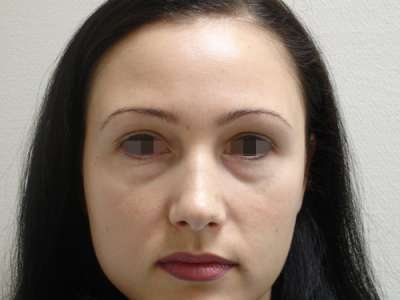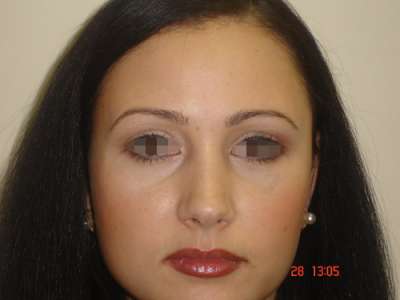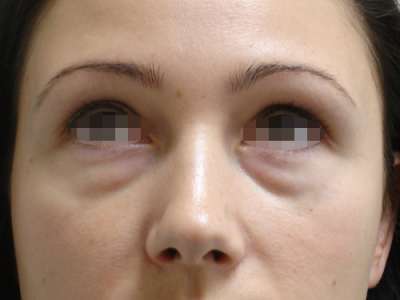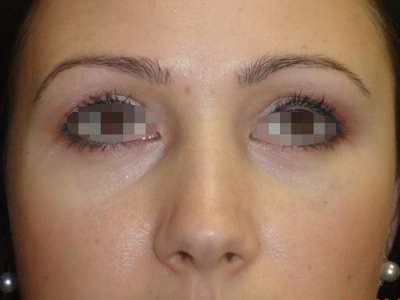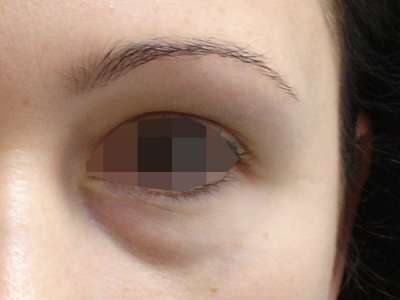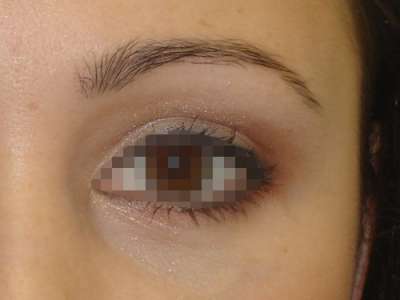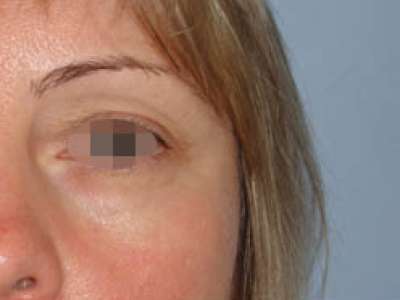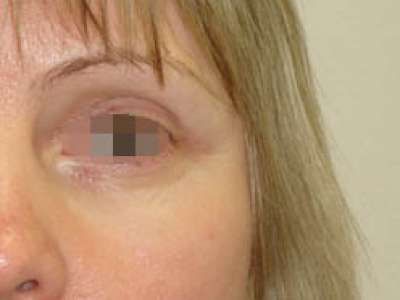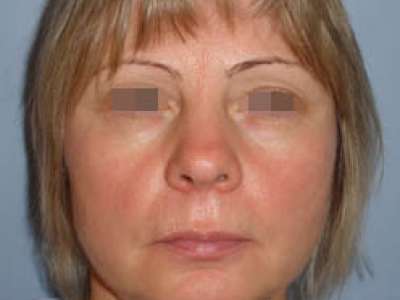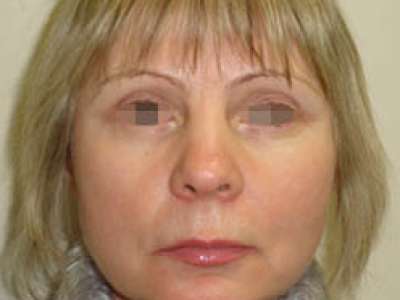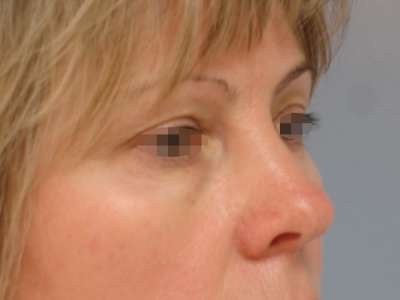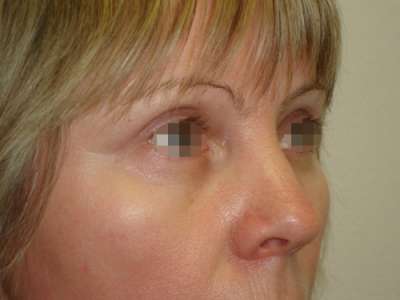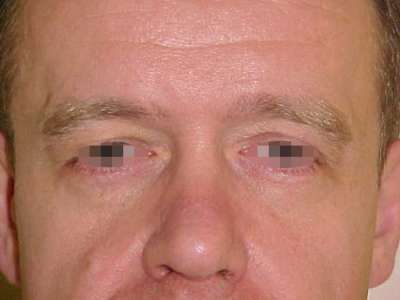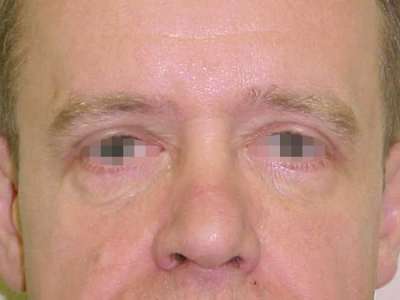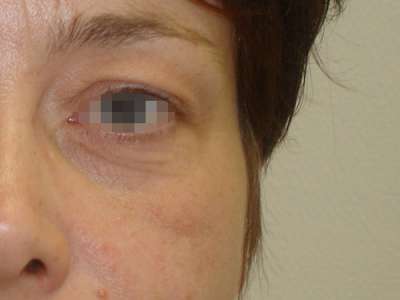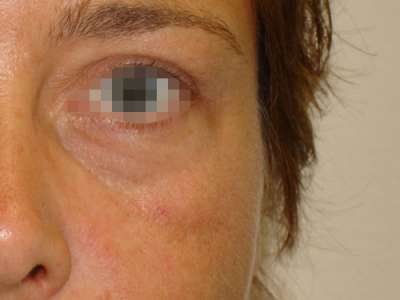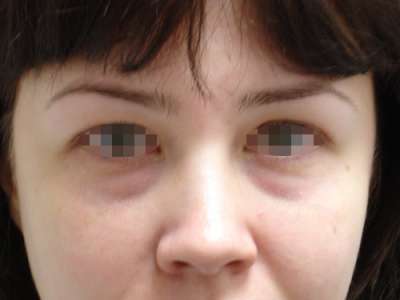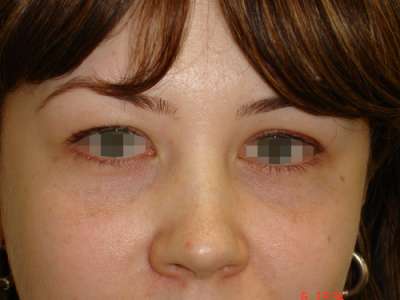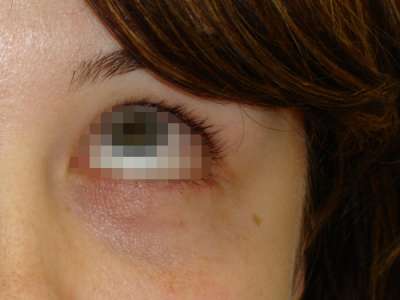Blepharoplasty (eyelid plastic surgery) is an operation that involves lifting, removing excess skin and fatty tissue of the eyelids in order to improve the appearance of the area around the eyes, eliminate or reduce “bags” under the eyes, and correct wrinkles and age-related changes.
Indications for blepharoplasty
The main indications for eyelid plastic surgery:
- loss of tone and elasticity of the skin of the eyelids;
- weary look (“heavy” eyelids);
- overhanging of the skin of the upper eyelid (“overhanging eyelid”, including congenital ptosis of the eyelid);
- lowering (ptosis) of the lower corners of the eyes, resulting in shape changes and decrease of the eye size;
- excess skin of the lower eyelids, wrinkles, hernias, folds of the lower eyelids.
The eyelid lift allows getting rid of the excess skin and fatty tissue in the eyelids, reducing signs of age-related changes, eliminating congenital and acquired defects of the eyelids, as well as correcting the muscles of the periorbital region.
Contraindications
- difficult to correct dry eye syndrome;
- increased intraocular pressure;
- diseases of the cardiovascular system;
- diabetes mellitus;
- bleeding disorders;
- acute viral diseases;
- acute infectious diseases (respiratory diseases, tonsillitis, pneumonia, etc.).
- diseases of internal organs (liver, kidneys, organs of the circulatory and endocrine systems, blood);
- chronic diseases in the acute form.
Upper blepharoplasty
Upper blepharoplasty allows getting rid of excess and overhanging skin in the upper eyelid. The so-called “overhanging eyelid” effect is not only an aesthetic defect, as it can lead to tired eyes and vision decrease over time due to the heaviness of the eyelids.
Plastic surgery on the eyelids involves an incision along the natural skin fold of the upper eyelid, due to which the cosmetic suture remains completely invisible.
Correction of the eyelids can be performed simultaneously with the operation on eliminating the congenital pathology such as ptosis of the eyelids.
Lower blepharoplasty
Plastic surgery of the lower eyelids is a surgical correction of the lower eyelids, which is performed in order to eliminate congenital defects (the effect of "bags" under the eyes, due to the features of the face structure) or correction of age-related changes.
By removing excess tissue and fatty tissue, blepharoplasty of the lower eyelids also eliminates “bruises” under the eyes and age-related changes, helps to get rid of the effect of tired and swollen eyes, makes the look younger and more speaking.
Lower blepharoplasty gives a more pronounced aesthetic result in combination with general face lift and upper eyelid surgery.
Transconjunctival lower blepharoplasty
In this type of plastic surgery, the incision is performed transconjunctively, that is, through the conjunctiva (the mucous tissue covering the eyeball and the inner surface of the eyelids), so due to the absence of external incisions there are absolutely no signs after transconjunctival blepharoplasty of the lower eyelids, as the scar is located inside the lower eyelid and does not requires suturing.
Rehabilitation after blepharoplasty
On average, the operation can last from 40 minutes to 3 hours, depending on the amount of the intervention. The operation is performed under general anesthesia.
After the operation, the patient goes home, accompanied by relatives or close friends. The surgeon gives the patient individual recommendations, prescribes medication and a special diet.
Recovery after blepharoplasty takes place at home.
Visual impairment and sensitivity to light may be noted, so it is recommended to wear sunglasses and avoid any strain on the eyes (reading, working with a computer, watching TV).
Contact lenses are not recommended within first 2 weeks after surgery.
Bruises and swelling after surgery disappear within 1.5-2 weeks.
FAQ:
What tests must be performed before blepharoplasty?
Before the operation, the patient needs to be tested and undergo medical examination. Mandatory preoperative examination includes:
- blood test with the assessment of certain parameters;
- urine analysis;
- chest x-ray;
- ECG;
- consultation of an anesthesiologist.
The entire list of necessary tests is included in a special complex of preoperative examination, which can be performed in the EMC. If the patient wants to take tests in another place, then the surgeon will write a referral with a list of all the necessary tests.
At what age is it recommended to do eyelid plastic surgery?
Eyelid plastic surgery is always performed according to indications. Aesthetic correction of the eyelids is possible at any age.
Under what anesthesia is blepharoplasty performed?
Eyelid surgery is performed both under local anesthesia (outpatient) and under general anesthesia (inpatient), depending on the indications, the volume of the operation and the patient's wishes.
How many times can blepharoplasty be performed?
Eyelid plastic surgery can be performed more than once. Whether a repeated operation is acceptable, the doctor determines individually, according to the patient’s skin condition and individual characteristics.
On which day after blepharoplasty are the sutures removed?
The sutures are usually removed from 5th to 10th day after operation.
